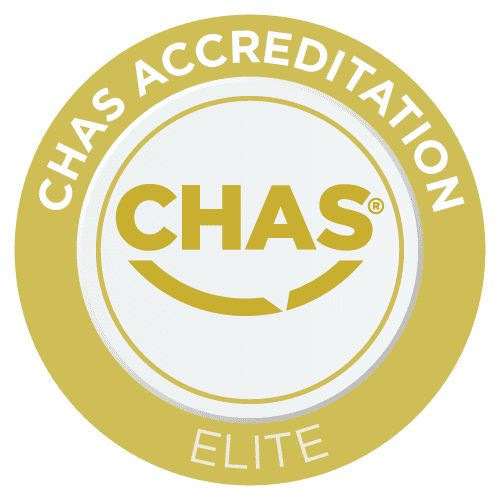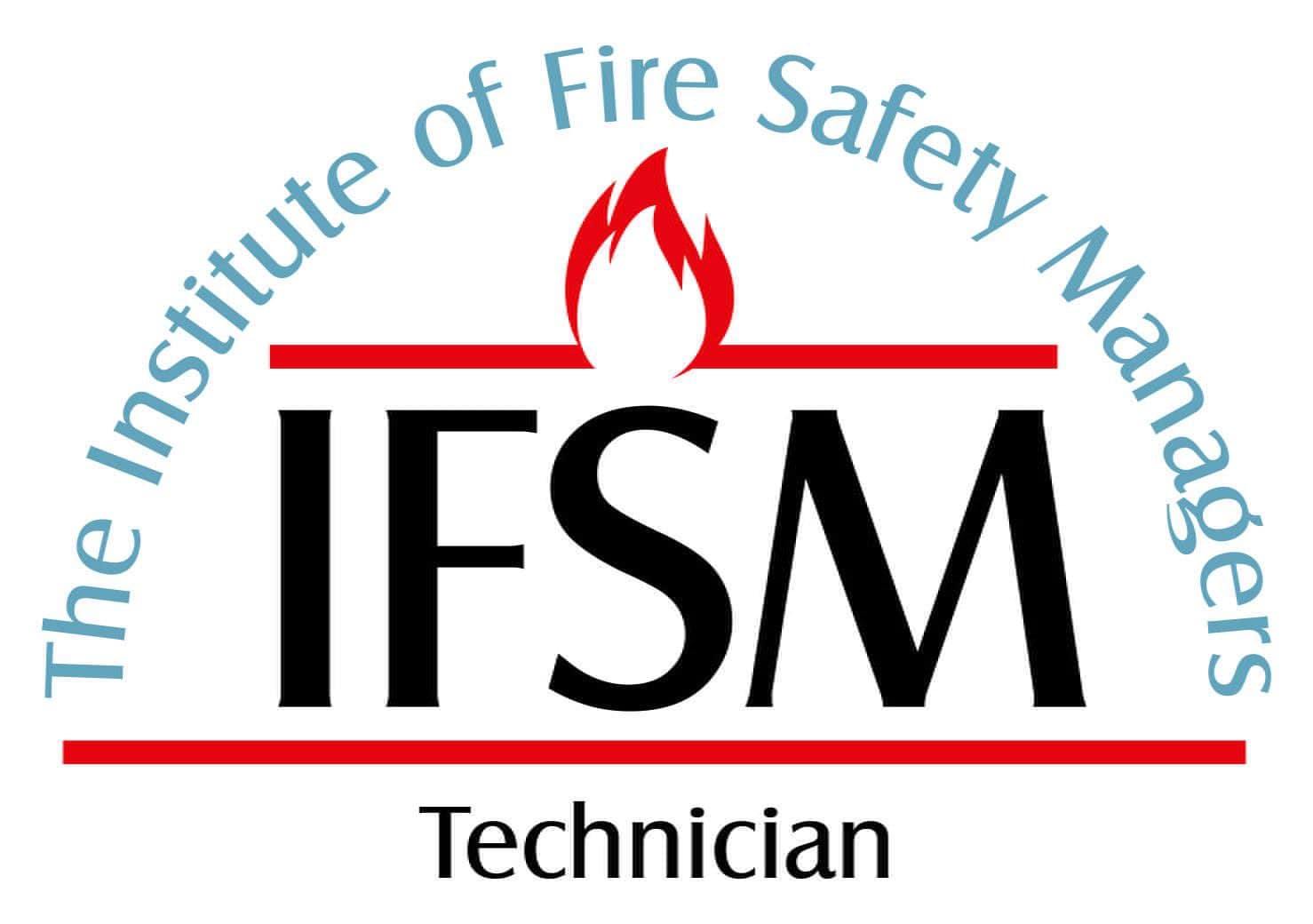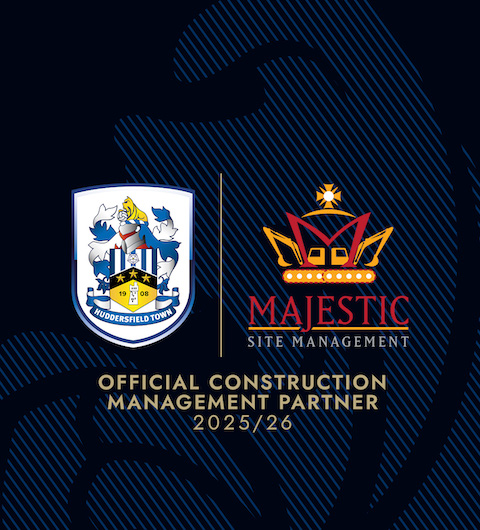Call now to book
01484 426302This one-day Site environmental awareness training scheme (SEATS) course is designed for those who have, or are about to acquire, supervisory responsibilities.
This one-day course is intended for those who are operating at supervisor level. The course covers all relevant legislation and other aspects that affect the environment in the building, construction and civil engineering industries. It will provide supervisors with a broad understanding of the environment and the issues construction sites’ face
To help construction supervisors to:
There are no formal entry requirements for this course. However, it has been developed for construction supervisors, so this should be considered before enrolling delegates on this course. Delegates must be competent in English at site supervisor level.
Assessment will be by an end of course examination and the trainer review. The delegate must pass the exam and pass both elements of the trainer review. We suggest you share this information with the delegates at the beginning of the course.
The examination demonstrates to external bodies that the certificate is only awarded to successful delegates following both an assessment and examination. The trainer review demonstrates engagement, collaborative working and listening skills – key elements of becoming an environmental supervisor.
The examination paper is compulsory and consists of 25 questions, selected by CITB, covering all aspects of the course. The examination pass mark is 80% (24 out of 30).
The paper consists of 22 multiple-choice questions and three short multiple-response questions. The multiple-choice questions are worth one point each. The multiple-response questions can score between one and three marks.
The examination paper forms part of the overall assessment of whether a delegate has successfully achieved a satisfactory level of understanding to be awarded the Site environmental awareness training scheme (SEATS) certificate. The examination lasts for 30 minutes and must be completed within this time.
Delegates are permitted to use Construction site safety – Environment (GE700Es) for the last 10 minutes of the examination.
Delegates taking the SEATS course should be able to achieve all the learning outcomes listed below by the end of the course.
State what sustainable development is, and how the construction industry plays a part in achieving it.
2. Regulations and activities supporting sustainable construction
Identify relevant regulations, activities, certification schemes, examples of low carbon renewable sources for heat and examples of energy-efficient approaches.
3. Environmental stakeholders and regulators
Identify key stakeholders with specific environmental responsibilities and state the principles of environmental policy.
1. Site environmental management systems
List the benefits of an environmental management system (EMS) in relation to efficiency targets and protection of the environment.
1. Archaeology and heritage
Outline control measures for managing archaeology and heritage and explain why it is important to protect them.
2. Protected monuments, buildings and sites
Identify elements of the heritage environment that are offered protection under legislation, the consequences of non-compliance and the risks associated with legacy building materials.
1. Ecology
State how to manage ecology on site, how designated sites are used and why ecology needs to be considered early in the project life cycle.
2. Biodiversity
Explain actions that promote and enhance biodiversity and avoid negative impacts from development work.
3. Endangered, protected and priority species and habitats
Describe the importance of protecting wildlife and their habitats, the legislation protecting wildlife, and the difference between endangered, protected and priority species.
4. Wildlife
Outline locations where wildlife may be found and the requirements of legislation covering their protection.
5. Tree and hedgerow protection
State why trees and hedgerows are important and the key legislation covering the protection of trees and hedgerows.
6. Invasive species
State what invasive species are and the control measures that support their effective management and disposal.
Describe what constitutes a statutory nuisance and how nuisance on site can be avoided.
2. Air quality
State the key responsibilities of Local Authorities and Environment Agencies in the management of air quality.
3. Air pollution
Describe how to manage the environmental impact of air pollution on site.
4. Noise and vibration
Outline methods of controlling noise and vibration to minimise their impact on the environment.
5. Light pollution
Describe how to minimise the impact of light pollution on the environment.
6. Community liaison
Explain why community liaison is good for business.
1. Water management
Outline the importance of taking care of water, protecting against pollution from construction
activities and actions to manage water leaving site.
2. Dewatering and abstraction of water
Compare the difference between dewatering and abstraction and know how to obtain a licence and why monitoring water volumes is important.
3. Discharge
State what contaminated water is, know methods of managing it, and identify key regulations that control water discharge.
4. Pollution prevention
Identify the factors to be considered when setting up site and the control measures needed to prevent water pollution.
5. Pollution incident response plans
Outline the processes, actions and responses that support pollution avoidance.
1. Resource efficiency
State the impacts of construction on natural resources and explain how good management supports efficient resource management.
2. Timber and chain of custody
Outline the importance and purpose of sourcing timber responsibly and ethically.
1. Contamination control
Outline what constitutes contaminated land, how it can be identified and how contamination may have occurred.
2. Contaminates
Identify sites that may contain contaminates and actions when excavating in these areas.
3. Soil management
Describe the positive and negative impacts of construction on the soil and why it is important to protect it.
Explain what waste is, how it can be managed and how to minimise creating waste on site.
2. Site waste management plans
Outline the information requirements and the benefits of implementing a site waste management plan.
3. Describing and classifying waste
Identify the different categories and classes of waste and legislation governing waste in the UK.
4. Managing and transferring waste
Outline the specific roles that have responsibilities for handling waste and the documentation that accompanies waste transfers.
5. Management of hazardous waste
Describe how to manage hazardous waste and state the regulations that cover hazardous waste.









This course helps supervisors make legal provisions to protect the environment, covering areas such as:
If you pass the trainer review and get 70% or more on your exam, you can re-sit on the same day or arrange to re-sit within 90 days. However, you’ll need to re-take the full course if you:
"*" indicates required fields